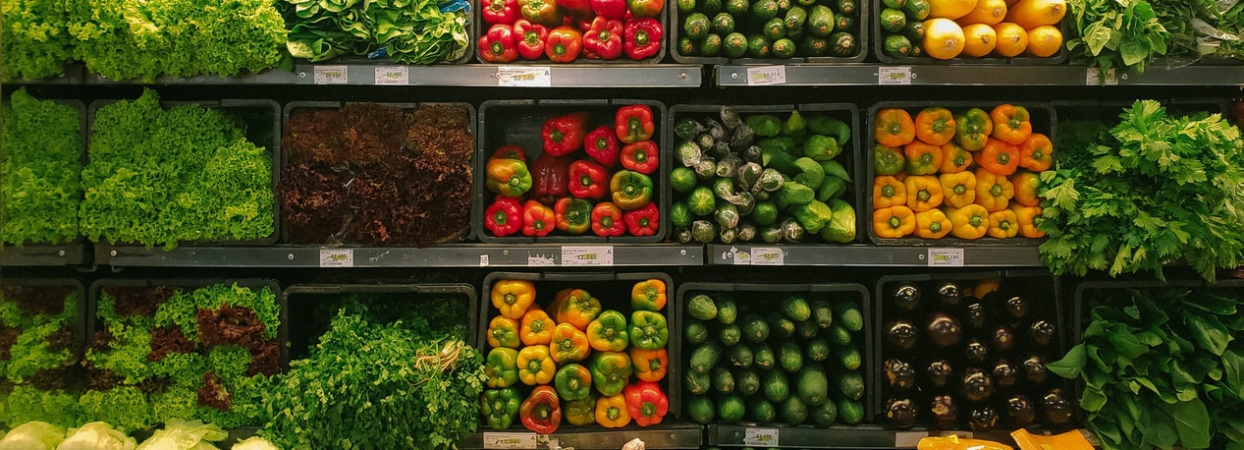Looking at the marketplace as a whole, trends report that larger, traditional grocery stores in the United States are experiencing a downturn. National or larger regional chains are struggling to compete against both big box stores as well as the growing number of online consumer grocery options.
A closer look reveals trends beneath these trends. Certain regional brands are thriving, building in markets where other chains have died off, not only competing against much larger brands, but beating them in key demographics. Walmart is selling more and more groceries. Discount chain Aldi is spreading like wildfire, and yet these much smaller companies are still growing. How? The magic bullet, market watchers say, is a precise combination of branding, local connection, and targeted consumer PR.
Taking a closer look at local stalwarts such as Publix and Wegmans, it’s clear that their understanding of their market, as well as the connective communication they use to cultivate that consumer relationship, have allowed them to compete where others have failed.
Part of this is baked in, when brands leverage the shared local culture to connect with their market base. When, for example, Publix touts the local NFL and NHL teams as “their teams,” the shoppers believe it. They see the brands represented at the games, they see the sponsorships, and, in some cases, they see the players shopping in those stores. These same shoppers also see the “local” store sponsoring little league and high school athletics, which adds to the visibility of the community connection.
Cultivating these local relationships through targeted PR campaigns has another fiscal benefit for these brands: it makes price less of a factor. Ask anyone in the communities they serve, and they will tell you Publix and Wegmans are more expensive than Walmart or Aldi, but they won’t consider shopping anywhere else, because of the local connection and the successful PR campaigns.
This matters more than it might look on paper, because the grocery industry comes with such tight profit margins. These razor-thin margins can sink bigger companies when customers are only shopping on price. When the local connection is a factor in their decision, brands can afford to raise the price a bit and pad their margins in a way that allows them to stay afloat while others lose to discount brands.
And this is key, especially for long-term sustainability, given that analysts expect the number of grocery stores to continue shrinking as consumer options outside of traditional brick-and-mortar stores increase, brands that survive will need to increase their customers’ motivation to shop at their stores.
Smaller, locally-based chains are coming at this problem in different ways. For Publix, that means having a strong private label line, as well as more organic offerings. For Wegmans, that means specializing in a few things, rather than trying to be all things to all shoppers. Both of these strategies seem to be working, as these chains stay flexible in the pursuit of anticipating and delivering the specific atmosphere and items their loyal customers want.
Navigating the Evolving Landscape of PR in the Digital Age
The advent of the digital age has fundamentally reshaped the way public relations operates. This...
Integrating Digital Media Planning for Seamless Brand Campaigns
In today's fast-paced digital landscape, effective brand awareness campaigns require a strategic...
Responding to Fake News About Your Brand Online
The increase in social media and digital communication channels has made it easier for false...



